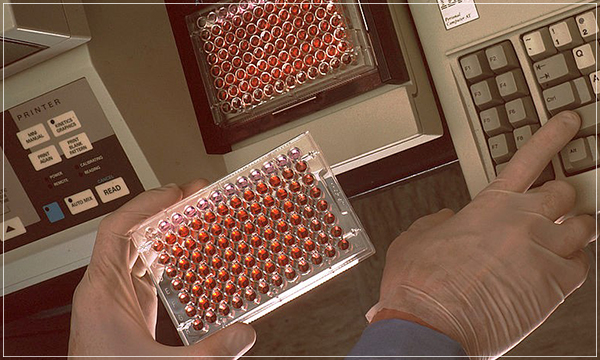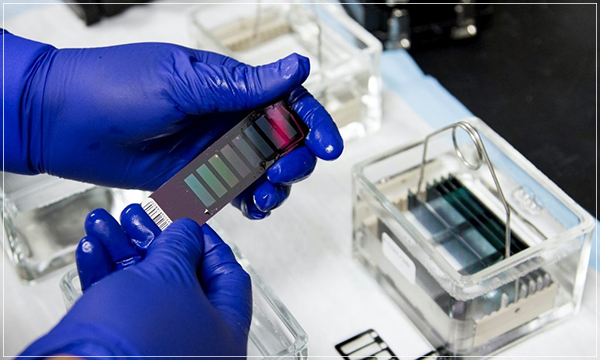CE IVD/IVDR | In-vitro diagnostic medical device
The In-vitro diagnostic medical devices Directive 98/79/EC, IVD was enacted on December 7, 1998 and has been applied to all in vitro diagnostic medical devices sold in the European market from December 7, 2003. Devices that comply with this directive are marked with the CE mark, and the EU mandates to attach the CE mark to in vitro diagnostic medical devices.
The European Union enacted the ‘regulation for medical devices in 2017 and revised the legal system on medical devices. Unlike the existing form of ‘Directive’, ‘Regulation’ has legal effect applied directly to member states and is applied directly, not through implementing legislation of member states.
In vitro diagnostic medical device regulation(EU Regulation 2017/746, IVDR) entered into force on May 26, 2018, and the invitro diagnostic medical device regulation was enforced from May 26, 2022 after a transition period of 5 years.
-
-

-
Understanding of in-vitro diagnostic medical devices
In vitro diagnostic medical device regulations are applied to devices that comply with IVDR Article 2 ‘Definition of in vitro diagnostic medical devices’. In vitro diagnostic medical devices, either alone or in combination, mean reagents, reagent products, measuring instruments, kits, instruments, equipment, software and system medical devices intended by the manufacturer to be used in vitro for specimen testing, including donation of blood and tissues derived from human body for the purpose of providing information on one or more of the following :
- (a) Relating to physiological or pathological process or condition;
- (b) Relating to a congenital physical or mental disorder;
- (c) Relating to a medical condition or predisposition to disease;
- (d) To determine safety and compatibility with potential subjects;
- (e) To predict treatment response or action;
- (f) To establish or monitor treatment measures;
If the intended use of the product to be certified meets the definition of in vitro diagnostic medical devices stipulated by laws and meets the IVDR requirements, CE marking can be affixed, and medical devices can be sold in the European Economic Area.
-
-
-
Major changes in IVD/IVDR

IVD consists of 24 groups and 10 annexes, and IVDR consists of 10 chapters, 113 groups and 15 annexes. As IVD was replaced by IVDR, requirements were added and the management of the product was strengthened.
The major changes are as followings :Major changes
Details
Medical device classificaiton system change
In IVD, the grades were classified into General, Self-testing, List B, List A, but in IVDR, the grade classification system was changed to A, B, C, D.
IVD classification
IVDR classification
Risk
General
A
Low
Self-testing
B
↓
List B
C
High
List A
D
Changes in conformity assessment procedure
In the case of Class A, there is no need to undergo conformity assessment through a Certification Body. However, devices that are sterilized among Class A(Class As) or higher must go through a certification body, and a quality management system is also required.
Changes in the obligation of economic operators
The obligation of operators(manufacturer, delegated agent, importer, distributor) have been strengthened and added.
Changes in performance evaluation
IVDR requires the preparation of accurate and additional data on performance and should include scientific validity, analytical performance, and clinical performance.
For Class D, testing by an EU standard laboratory is required.
Introduction of UDI
A unique identification code(UDI) must be introduced to secure identification and traceability and to secure post-marketing safety.
Requirements for the software
Regulations related to software that were not included in IVD have been strengthened.
-
Related Services from IGC
01System certification (ISO 13485, ISO 15378, ISO 14155)
02Product certification (European CE certification, clinical evaluation, medical device registration [Eurasia, China, USA, Thailand, Taiwan])
03Certification of Auditor Qualifications
04Professional manpower training and education
